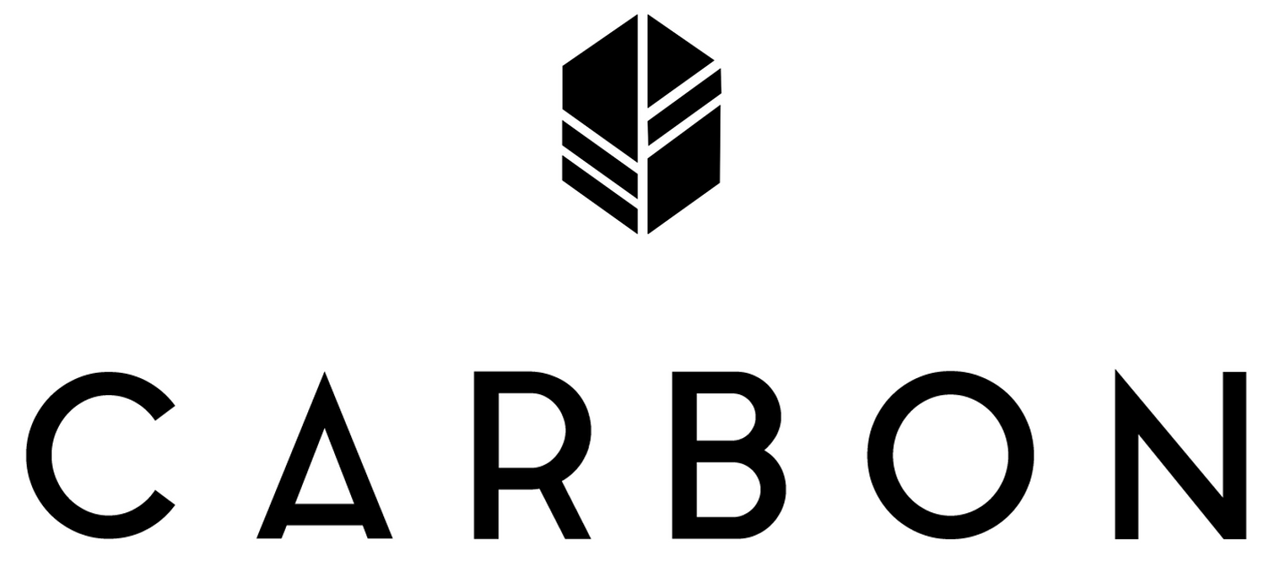Knife Shape Guide
Double Bevel Knife Shapes

Gyuto/ Chefs Knife- Gyuto, translated to cow sword, is the Japanese version of the traditional chefs knife. Japanese style gyuto have a flatter edge profile than its European counterparts which lends itself to slicing and push cutting styles more effectively. Gyuto have a gentle curve towards the tip that can be used with a rocking motion, and utilizing the tip doesn't require the arm to have a large amount of lift compared to European style chefs knives.Though the name implies a butchery focus, the gyuto is regarded as the main and all purpose knife for professional chefs. Gyuto sizes generally range from 180mm-300+mm

Petty- Petty knives , also commonly called utility knives, are essentially a condensed version of the gyuto. Petty knives are extremely useful in the kitchen for detailed tasks where a gyuto or santoku is too large. The fine tip can make easy work of coring or segmenting delicate fruits or vegetables. Some tougher petties can still be used for light butchery applications and trimming meats. Commonly compared with the paring knife, petty knives usually range in the 120mm-180mm length and have a more pronounced heel. Paring knives are commonly less than 100mm in length and have shorter heels for better free handed peeling use.

Petty- Petty knives , also commonly called utility knives, are essentially a condensed version of the gyuto. Petty knives are extremely useful in the kitchen for detailed tasks where a gyuto or santoku is too large. The fine tip can make easy work of coring or segmenting delicate fruits or vegetables. Some tougher petties can still be used for light butchery applications and trimming meats. Commonly compared with the paring knife, petty knives usually range in the 120mm-180mm length and have a more pronounced heel. Paring knives are commonly less than 100mm in length and have shorter heels for better free handed peeling use.

Santoku- Santoku translates to “three virtues” or “three purposes” meaning it is an excellent all purpose tool for vegetables, meat, and fish. Santoku are a popular choice as a main knife at home or in professional settings. Slightly taller at the heel and less pointy than the gyuto, santoku is a great choice for all cutting styles. Santoku are commonly about 130mm-180mm in length, most popular being 165mm.

Nakiri- Nakiri, translated to vegetable knife, is the double bevel version of the traditional usuba. Nakiri are thinner style blades that have amazing cutting feel through vegetables but shouldn't be used for bones like larger style cleavers. The flatter edge profile works wonders for push cutting and has a large amount of edge contact with the board. The styles with rounded noses still have the ability of rocking if preferred. Nakiri can be found from 120mm-210mm but most common is 165mm.

Sujihiki- Sujihiki, translates to muscle pulling, is a double bevel slicing knife for fish and meats but can also be used for vegetables as well. They have a lower heel and a very flat edge profile that lends itself to pull cutting and slicing. The narrower style blade minimizes friction when pulling through dense protiens and creates a very smooth cut. Sujihiki can range from 180mm to 300+mm.
